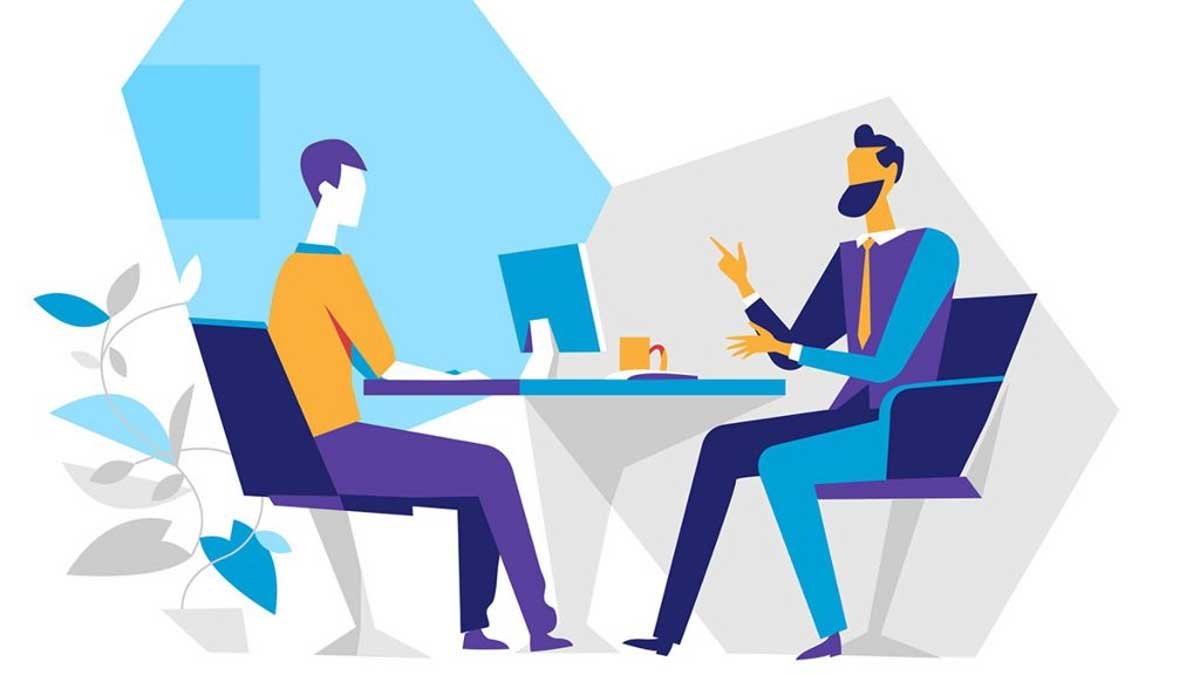Understanding Ombudsmänner: Definition and Core Purpose
When citizens face bureaucratic roadblocks or feel wronged by powerful institutions, ombudsmänner step in as independent advocates. These officials work outside traditional power structures, offering people a direct line to address grievances without navigating complex legal systems.
What sets ombudsmänner apart isn’t just their complaint-handling role. They dig deeper into administrative problems, bring opposing sides together for honest conversations, and spot patterns that signal bigger issues. Rather than fighting battles in courtrooms, they prefer finding common ground through discussion and compromise.
This approach makes ombudsmänner invaluable guardians of democratic fairness. They stand between institutional authority and individual citizens, making sure everyone has somewhere to turn when things go wrong. Because they answer to no one within the organizations they investigate, they can look at problems with fresh eyes and suggest real changes.
Historical Origins: From Swedish Innovation to Global Institution
The word “ombudsmänner” comes from Sweden, where it originally meant someone who could speak for others. The concept goes back even further to Old Norse “umboðsmaðr” – basically, a person you trust to handle your affairs when you can’t do it yourself.
Back in 1809, Sweden created something revolutionary: the world’s first official “ombudsman for justice.” The Swedish Parliament wanted someone independent who could keep an eye on government officials and make sure they weren’t abusing their power. It was a bold move that put citizen protection at the heart of governance.
For more than 100 years, this remained Sweden’s unique contribution to democracy. Then neighboring countries started paying attention. Finland jumped on board in 1919, Denmark followed in 1952, and Norway joined the club in 1962. What started as one country’s experiment slowly became a Scandinavian tradition.
The Modern Role of Ombudsmänner in Government and Organizations
Today’s ombudsmänner work everywhere from city halls to corporate boardrooms. Government ombudsmänner spend their days investigating citizen complaints about everything from slow permit processing to unfair treatment by public agencies. They’re like democracy’s quality control inspectors, making sure public services actually serve the public.
Companies have caught on too, hiring their own ombudsmänner to handle workplace disputes and ethical concerns. Smart businesses realize that having someone neutral to address employee grievances beats dealing with lawsuits later. These corporate ombudsmänner often become the go-to people for whistleblowers and anyone facing workplace problems.
Healthcare and insurance companies particularly value ombudsmänner because their industries generate so many disputes. When patients can’t get coverage or feel mistreated, ombudsmänner step in to sort things out. Universities use them too, giving students and faculty someone to talk to about everything from grade disputes to discrimination concerns.
Key Responsibilities and Powers of Ombudsmänner
When someone files a complaint, ombudsmänner don’t just file it away. They roll up their sleeves and investigate, talking to everyone involved and digging through policies to figure out what really happened. It’s detective work, but instead of solving crimes, they’re solving bureaucratic mysteries and workplace conflicts.
The real magic happens during mediation. Instead of pointing fingers or assigning blame, skilled ombudsmänner get people talking to each other. They create space for honest conversations where both sides can explain their perspectives. Often, what seemed like an impossible conflict turns out to have a solution that works for everyone.
What makes ombudsmänner effective is their independence. They don’t report to the department being complained about or the CEO whose policies are being questioned. This freedom lets them ask tough questions and make recommendations based on what’s right, not what’s politically convenient. Of course, they can’t force anyone to follow their suggestions, but their independence gives their words real weight.
Global Expansion and Democratic Transition
The 1960s marked a turning point when ombudsmänner went global. Commonwealth countries and European nations started adopting the model rapidly, recognizing its value for democratic governance. By the early 1980s, about 21 countries had national ombudsmänner, with several more experimenting at regional levels.
Then came the wave of democratic transitions in the late 20th century. As countries in Latin America, Eastern Europe, and Africa threw off authoritarian rule, many embraced ombudsmänner as symbols of their new commitment to citizen rights. These institutions became badges of democratic legitimacy.
The numbers tell the story: by 2001, roughly 110 countries worldwide had some form of ombudsman institution. From Argentina to South Africa, from Poland to the Philippines, newly democratic nations saw ombudsmänner as essential tools for building trust between citizens and their governments. Even the European Union got in on the act, appointing its first European Ombudsman in 1995.
Qualifications and Essential Skills for Effective Ombudsmänner
Most ombudsmänner come from backgrounds in law, public administration, or psychology, but the best ones share certain qualities that can’t be taught in school. They’re natural listeners who can hear what people are really saying, even when emotions run high. They stay calm under pressure and never take sides, even when one party clearly seems more sympathetic.
Communication skills matter enormously in this job. Ombudsmänner need to explain complex procedures in plain English, help angry people feel heard, and convince stubborn officials to consider different perspectives. Cultural sensitivity helps too, especially in diverse communities where misunderstandings often stem from different backgrounds and expectations.
Many ombudsmänner pursue specialized training in mediation and conflict resolution, learning techniques that help people move past their positions to find common ground. The best ones never stop learning, attending workshops and conferences to stay current with new approaches and challenges in their field.
Challenges and Limitations in Modern Practice
The biggest frustration for many ombudsmänner is their limited power to enforce change. They can investigate thoroughly, write detailed reports, and make sensible recommendations, but they can’t force anyone to follow through. Their influence depends entirely on the goodwill of the organizations they’re trying to reform.
Many people still don’t know ombudsmänner exist or how to reach them. This invisibility problem means countless citizens struggle with problems that ombudsmänner could easily help solve. Some organizations don’t make it easy either, burying contact information or creating bureaucratic hurdles that discourage complaints.
Resistance from within organizations poses another ongoing challenge. Some managers view ombudsmänner as troublemakers or threats to their authority. They may cooperate grudgingly or try to limit access to information and staff. Without institutional support, even the most skilled ombudsmänner struggle to make meaningful changes.
The Future of Ombudsmänner in Digital Age Governance
Technology is opening new doors for ombudsmänner to reach more people and work more efficiently. Online complaint forms, mobile apps, and chatbots can handle initial inquiries, freeing up ombudsmänner to focus on complex cases that need human attention. Digital case management systems help track complaints and spot trends that might indicate systemic problems.
Transparency gets a boost from technology too. Public databases showing complaint patterns and resolution rates help citizens understand what ombudsmänner actually accomplish. Social media and websites make it easier to share success stories and educate people about available services.
The future likely holds more collaboration between ombudsmänner worldwide. Digital networks allow them to share strategies, learn from each other’s experiences, and tackle problems that cross borders. As societies become more complex and interconnected, the need for independent advocates who can bridge gaps between institutions and individuals will only grow stronger.










